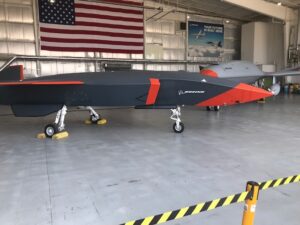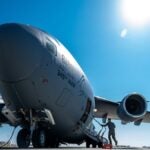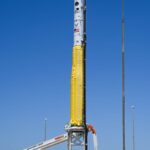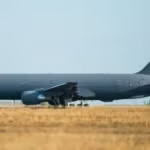
MASCOUTAH, Ill.—Boeing [BA] is conducting a test program in the U.S. with a mostly secret unmanned aircraft being developed with Australia’s air force, marking the first time the stealthy loyal wingman combat system has been brought to the country, company officials said on Thursday. The MQ-28 Ghost Bat is being developed by Boeing’s Phantom Works, the Australia-based unit of Boeing’s Defense, Space & Security segment, and the Royal Australian Air Force (RAAF) for Australian forces and integrates artificial intelligence and…

 By
By 











